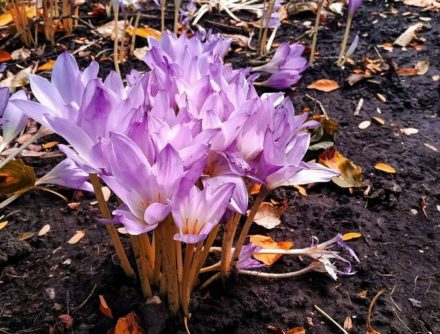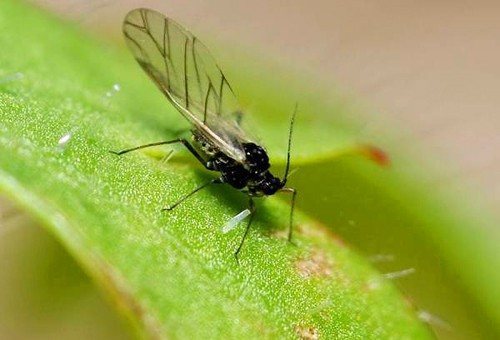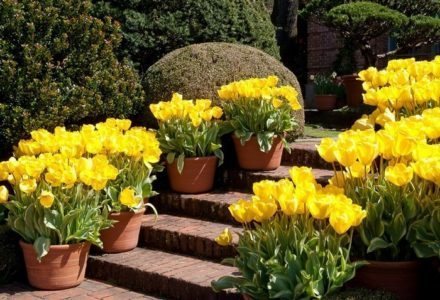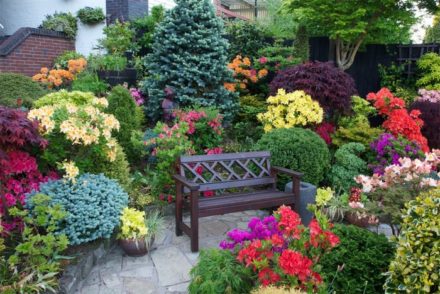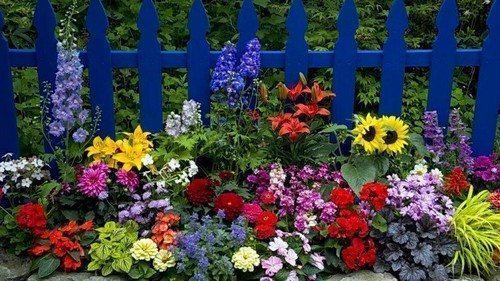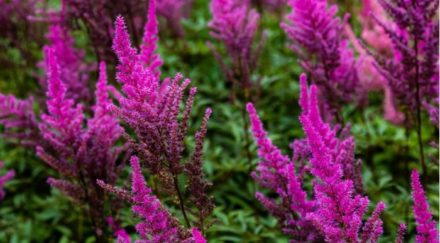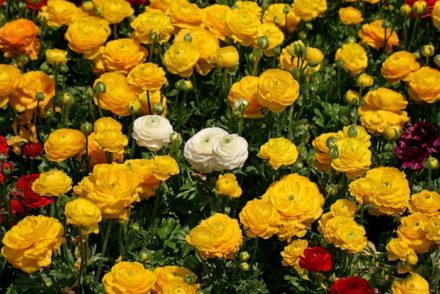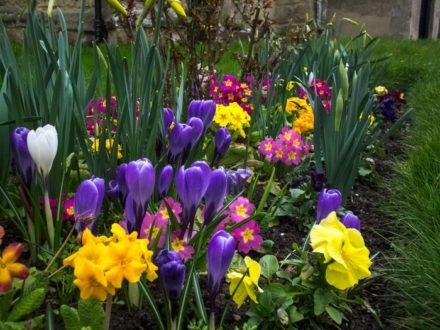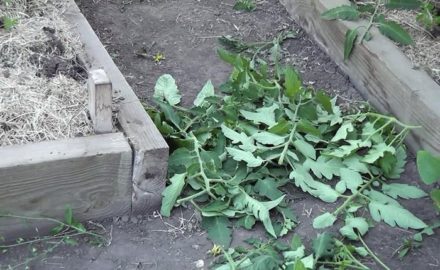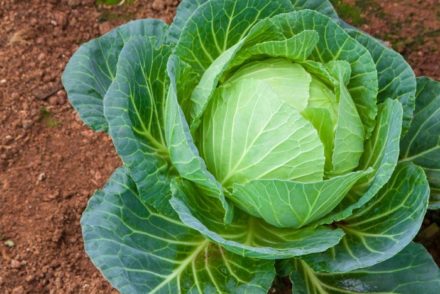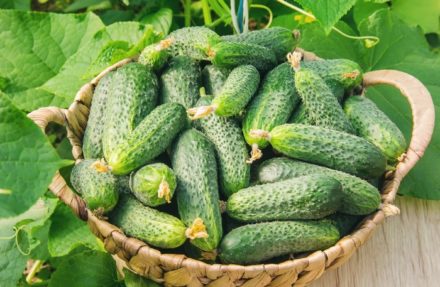The flowerbed is a gorgeous sight when it looks well-groomed and blooms lushly. Inflorescences that have faded need to be removed for several reasons. They do this within a certain time frame, taking into account the characteristics of each culture. Flowers are not removed from some plants until autumn.
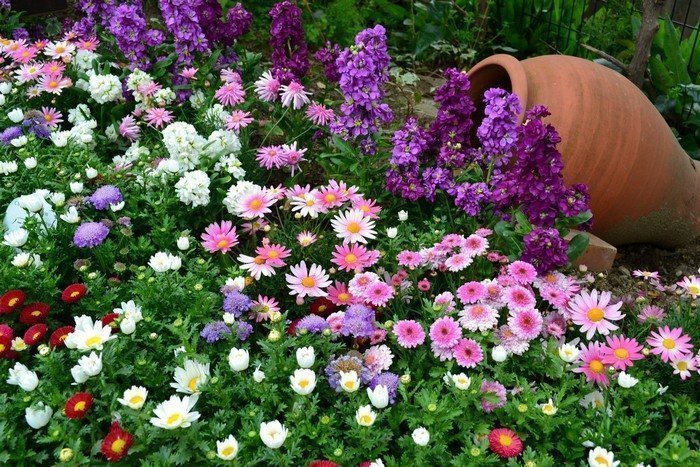
Which flowers need pruning and why?
Removal of faded inflorescences is carried out so that the plant retains its strength. After all, the next stage after flowering will be setting seeds. If they are not needed, it is better to cut off the faded buds. Another reason for removal is possible self-seeding. It is better to prevent uncontrolled growth of plantings. Sometimes a wilted bud can become a breeding ground for a bacterial infection, this happens especially often in rainy weather.
Pruning of inflorescences in a flowerbed is mandatory for the following crops:
- daffodils;
- tulips;
- delphiniums;
- marigold;
- calendula;
- Eschscholzia;
- Snapdragon;
- cosmos;
- petunias;
- aquilegia;
- peonies;
- roses.
You can determine when a flower is removed by its appearance. The petals turn pale, lose their elasticity, and droop. At the slightest breath of wind, the petals may fall off. It is especially important to remove the inflorescences of annuals in order to prevent self-seeding if you plan to plant completely different crops in the flowerbed next year. Flowers from diseased plants are cut off ahead of schedule, without waiting for them to wither.
Spike-shaped and paniculate inflorescences are removed along with the peduncle.
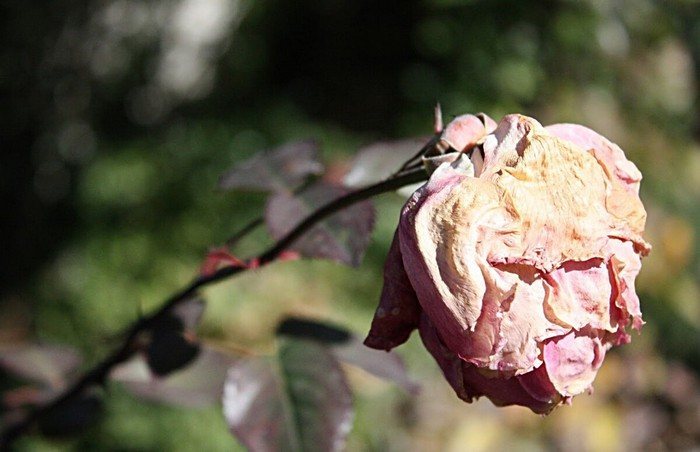
Removing inflorescences from bulbous plants
In bulbous plants, the formation of young bulbs begins immediately after flowering. For this process to be successful, it is better to rid the plants of wilted flowers immediately. Remove the inflorescences along with part of the stem, leaving only a couple of lower leaves. In this case, the plant will redirect useful substances to the underground part of the plants to feed the young bulbs. Tulips and daffodils need the remaining leaves to continue the process of photosynthesis.
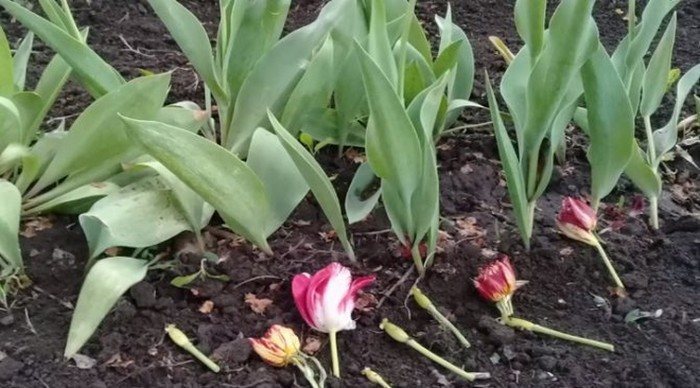
Prolonging flowering in annuals
In a flower bed with annuals, it is necessary to carry out regular inspection and promptly remove wilted inflorescences. Annual plants produce wavy flowering. You need to pick off withered buds to stimulate the appearance of new flowers. The plant will strive to reproduce and will flower again and again in an attempt to set seed. The flowerbed is inspected once every 5–7 days.
In alyssum, petunia, cosmos, cineraria and other annuals, the flowers are located on thin stalks. You don't have to use a garden tool to remove them. The stem is simply pinched with a fingernail at the base of the bud and the flower head is torn off. At the same time, remove dry leaves and damaged shoots. After the first wave of flowering, the plant needs to be fed, then soon buds will appear and begin to develop.
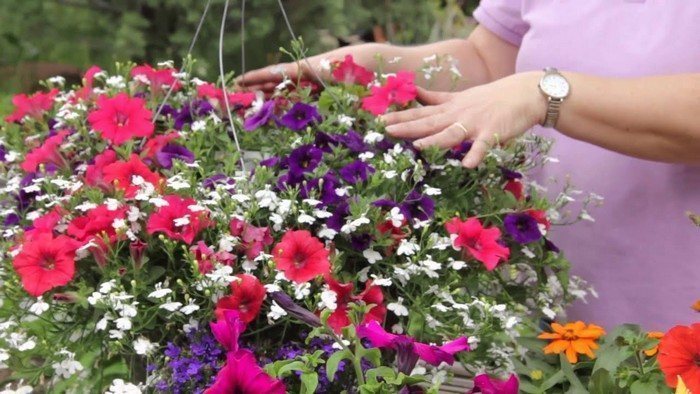
Special treatment for hosts
Hostas are decorative leaf plants, but they also bloom.What to do with their flowers? Should I let them bloom or cut off the peduncle without allowing the inflorescences to bloom? If the variety blooms with inconspicuous flowers that have no decorative value, the inflorescence can be removed at any stage of its development; this will not cause harm to the plant.
The same applies to young hostas aged 2–3 years and giant varieties. It is better to remove their flower stalks in advance so that the bush increases its power and develops without wasting food on the appearance of unsightly flowers. The exception is the beautifully flowering varieties, which have equally magnificent leaves and inflorescences. The flowers of these hostas are cut off after wilting.
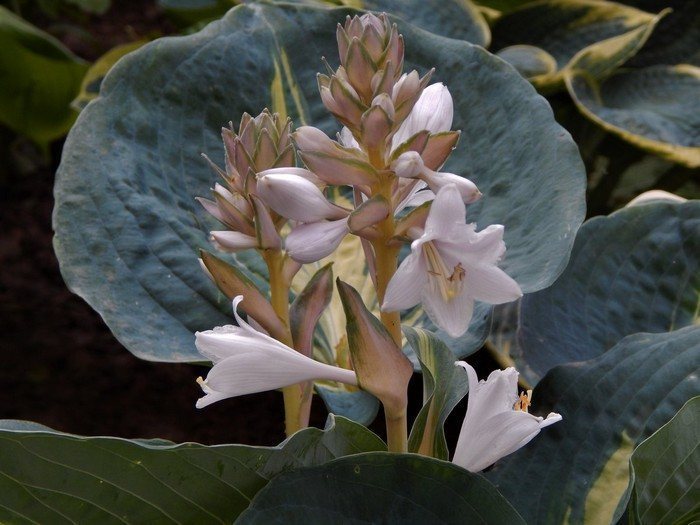
The inflorescences of which crops can not be trimmed
In some plants, the inflorescences retain their decorative properties even after flowering. This group includes:
- allium (decorative onion);
- astilbe (panicles are cut off along with the leaves before wintering);
- eryngium (the plant is a dried flower);
- decorative cereals (can be used to make “eternal” bouquets);
- lunaria (it is grown for the sake of decorative partitions that remain on the plant after the pods have fully ripened).
Also do not prune wilted inflorescences of crops from which seeds or fruits are planned to be collected. For example, rosehip in a flower garden first plays a decorative role, and then bestows the most useful berries.
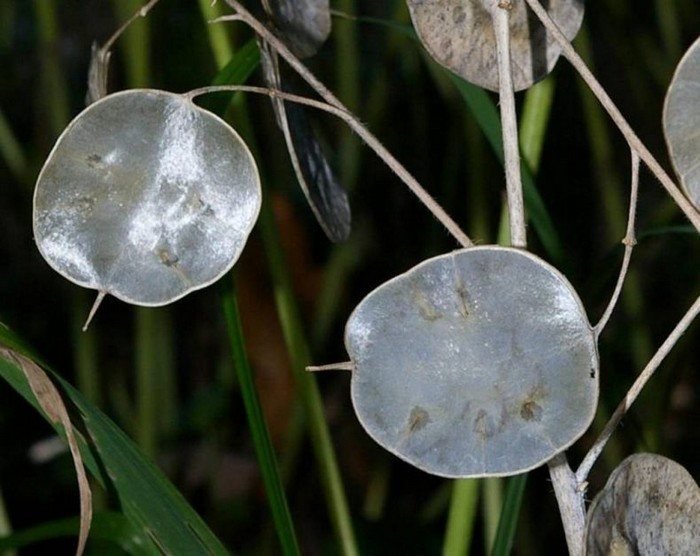
What you might need for pruning
Thick or fibrous stems will require a garden tool to trim. These can be scissors or sharpened pruning shears. If the tool is dull, the cut will be torn and will take longer to tighten. The pruning shears are first disinfected by wiping them with alcohol or Chlorhexidine solution.
If you have to deal with thorny roses, protective gloves made of rough fabric that cover your hands up to the elbow will come in handy, because sometimes you have to crawl deep into the bush. Additionally, you need to prepare a plastic bucket for cut inflorescences.
If you are pruning several plants at once, disinfect the tool after each of them. This rule cannot be neglected, because many diseases are transmitted in this way - through contaminated pruning shears or scissors. The disease can occur in a latent form, so an outwardly healthy plant can become a source of infection for its neighbors.
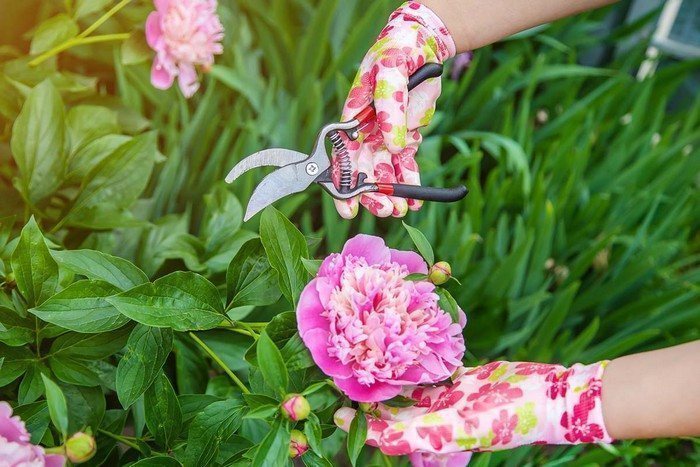
Timely removal of inflorescences will help maintain the decorativeness of the flowerbed. You need to calculate your strength in advance so that the garden can receive the necessary care during the season. If it is not possible to regularly care for the flowerbed, including cutting off wilted buds, you should think about planting plants that do not require such a procedure. I like


